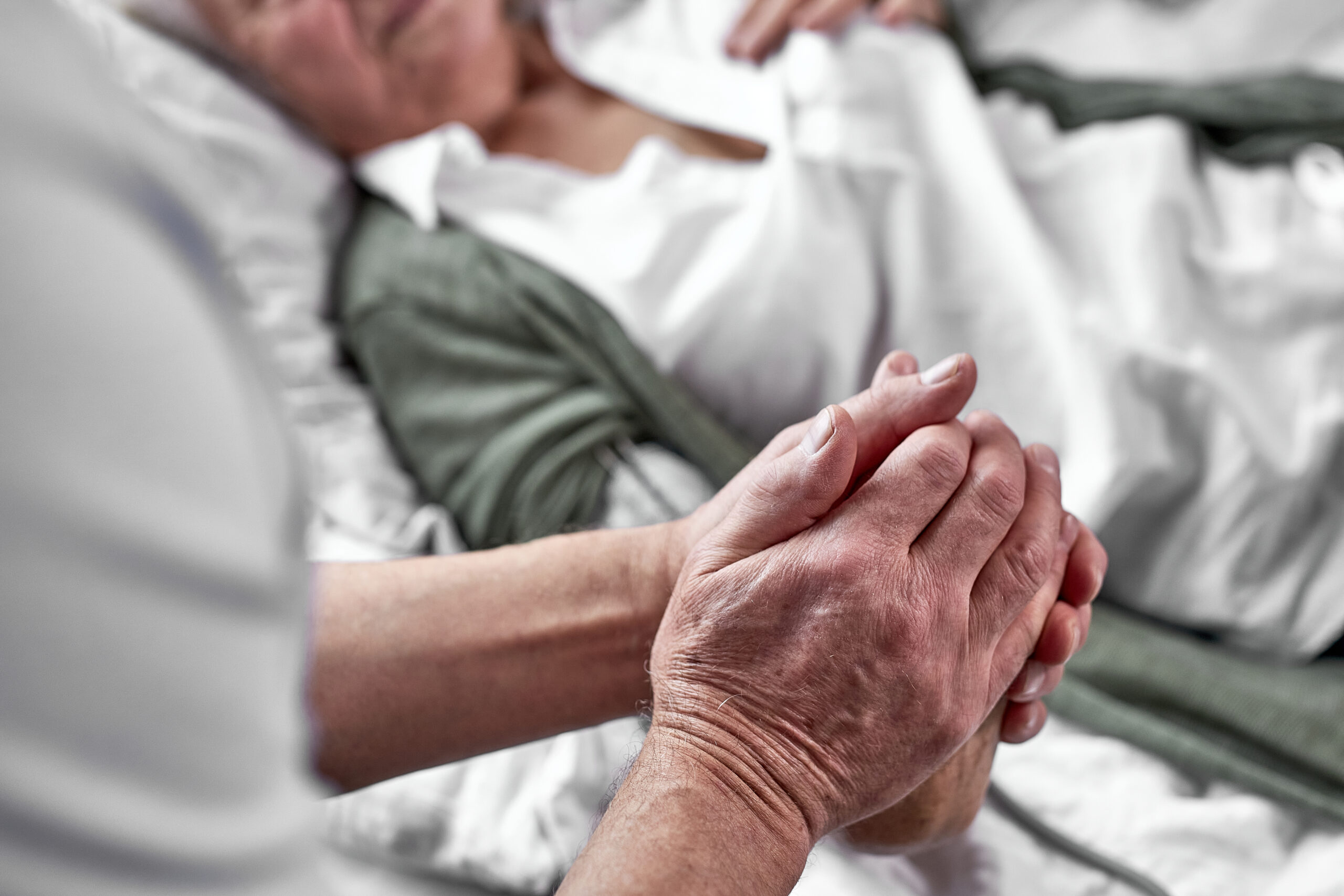Dropped Head Syndrome in Elderly Adults
Category:

Dropped head syndrome is also called the chin on chest deformity. It is a very rare condition that occurs when the back and neck muscles become too weak to hold up the head and it rests on the chest. The symptoms are usually painless and occur over a one-to-three-month period. Those who suffer from the condition cannot hold up their own head, but the neck can be extended when lying down. They may also have trouble swallowing, speaking or breathing.
Dropped head syndrome is isolated to the neck and shoulders and does not spread beyond that area.
Dropped Head Syndrome Causes
Dropped head syndrome in elderly adults is generally caused by a neurological or muscular condition, making it a symptom of a larger disease rather than a syndrome that occurs in isolation. Some of the causes of dropped head syndrome can include:
- Parkinson’s Disease
- Amyotrophic lateral sclerosis (otherwise known as ALS)
- Multiple system atrophy
- Isolated neck extensor myopathy
- Cushing syndrome
- Hypothyroidism
In general, all of these conditions can lead to a weakening of the neck, shoulder, and upper back muscles.
Treatment for Dropped Head Syndrome
One method used to manage dropped head syndrome is a supportive collar or brace. Beginning to use a brace as soon as symptoms are noticed can help prevent deformity, compression, and worsening of the myelopathy, if that is the cause of the syndrome. A brace will help the patient maintain an upright gaze and good posture. It will also assist with swallowing and breathing, which can become a challenge if the chin rests on the chest for too long.
Using a brace is generally considered the best method for treating dropped head syndrome as it allows the patient to continue with almost all daily life activities.
Physiotherapy is another method used to treat dropped head syndrome. It can slow the progression of the condition and help the patient retain as much head and neck function as possible. Some of the physical therapy used in the treatment may include:
- Range of motion exercises to prevent stiffness
- Strengthening exercises for the neck, upper and lower latissimus dorsi muscles, and trunk muscles
- Posture retraining
- Pain management
Acupuncture and massage can help keep muscles functioning properly and slow the progression of the syndrome. Surgery is also an option to treat dropping head syndrome.
Download Our FREE Path to Care Guide
Can dropped head syndrome be cured?
The only true cure for dropped head syndrome is surgery to fuse together the vertebrae in the neck. While this does not necessarily cure the syndrome, as it does not “fix” the neck muscles, it does help support the head. Surgery is not an option in all cases, depending on the cause of the dropped head syndrome, which is why physical therapy and the use of a neck brace are always explored first.
Surgery also prevents the patient from looking down and seeing the ground in front of them, which increases the risk of a fall. Sometimes the inconvenience of a rigid neck may actually be worse than the original dropped head syndrome itself.
Dropped head syndrome is very rare and often occurs as a result of another disease like ALS or Parkinson’s disease. While not truly curable, it is treatable and can be managed with physical therapy and the use of a brace.
To learn more about our home care services, contact our caregiving team today at 1-800-GRISWOLD or find a Caregiver near you.
Subscribe
Date: 2024-06-06
Category:


